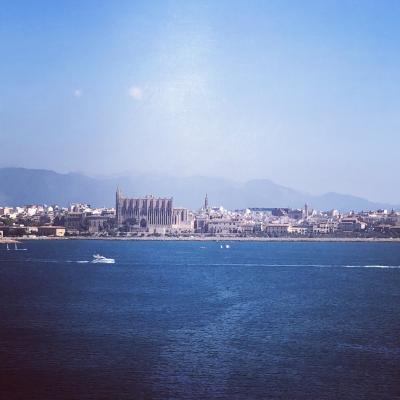How does the architecture in Mallorca balance aesthetic beauty with practical living needs?
Similar Topics
mallorca architecture
aesthetic beauty
practical living
traditional possessions
stone construction
mediterranean climate
sustainable materials
natural temperature regulation
The architecture in Mallorca beautifully harmonizes aesthetic appeal with practical living needs, reflecting the island's rich history and Mediterranean climate. Traditional Mallorcan homes, known as "possessions," are characterized by sturdy stone construction and thick walls that naturally regulate indoor temperatures, keeping interiors cool in the intense summer heat and warm during the cooler months. This practical design element not only enhances comfort but also reduces dependency on artificial heating and cooling, illustrating a seamless blend of functionality and beauty.
Aesthetic beauty is further evident in the harmonious integration of buildings with the surrounding landscape. Many residences and public structures feature terracotta roofs, wooden shutters, and wrought iron balconies, which add a warm, rustic charm while providing practical benefits such as protection from strong sunlight and ventilation. Courtyards and terraces are common architectural features, offering private outdoor spaces that allow residents to enjoy Mallorca’s mild climate and lush scenery without sacrificing privacy.
In recent years, contemporary architecture on the island has embraced minimalist designs and sustainable materials, ensuring that new constructions meet modern living standards without disrupting the island’s traditional character. Large windows and open-plan interiors enhance natural light and airflow, promoting energy efficiency. Overall, Mallorcan architecture achieves a delicate balance by preserving cultural identity and environmental harmony while addressing the everyday needs of residents, creating spaces that are as livable as they are visually captivating.
Aesthetic beauty is further evident in the harmonious integration of buildings with the surrounding landscape. Many residences and public structures feature terracotta roofs, wooden shutters, and wrought iron balconies, which add a warm, rustic charm while providing practical benefits such as protection from strong sunlight and ventilation. Courtyards and terraces are common architectural features, offering private outdoor spaces that allow residents to enjoy Mallorca’s mild climate and lush scenery without sacrificing privacy.
In recent years, contemporary architecture on the island has embraced minimalist designs and sustainable materials, ensuring that new constructions meet modern living standards without disrupting the island’s traditional character. Large windows and open-plan interiors enhance natural light and airflow, promoting energy efficiency. Overall, Mallorcan architecture achieves a delicate balance by preserving cultural identity and environmental harmony while addressing the everyday needs of residents, creating spaces that are as livable as they are visually captivating.
🧩 Related Questions
Related Question
What unique geological formations can travelers visit in Mallorca, and what makes them special?
Related Question
What historical events have been most significant in preserving Mallorca’s linguistic heritage?
Related Question
What are the best transportation options for reaching the Church of Sant Isidre in S'Horta?
